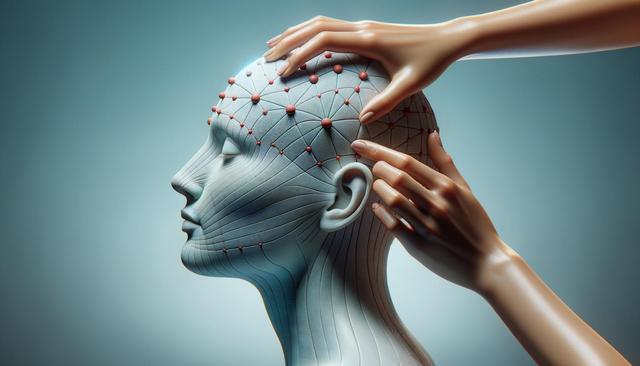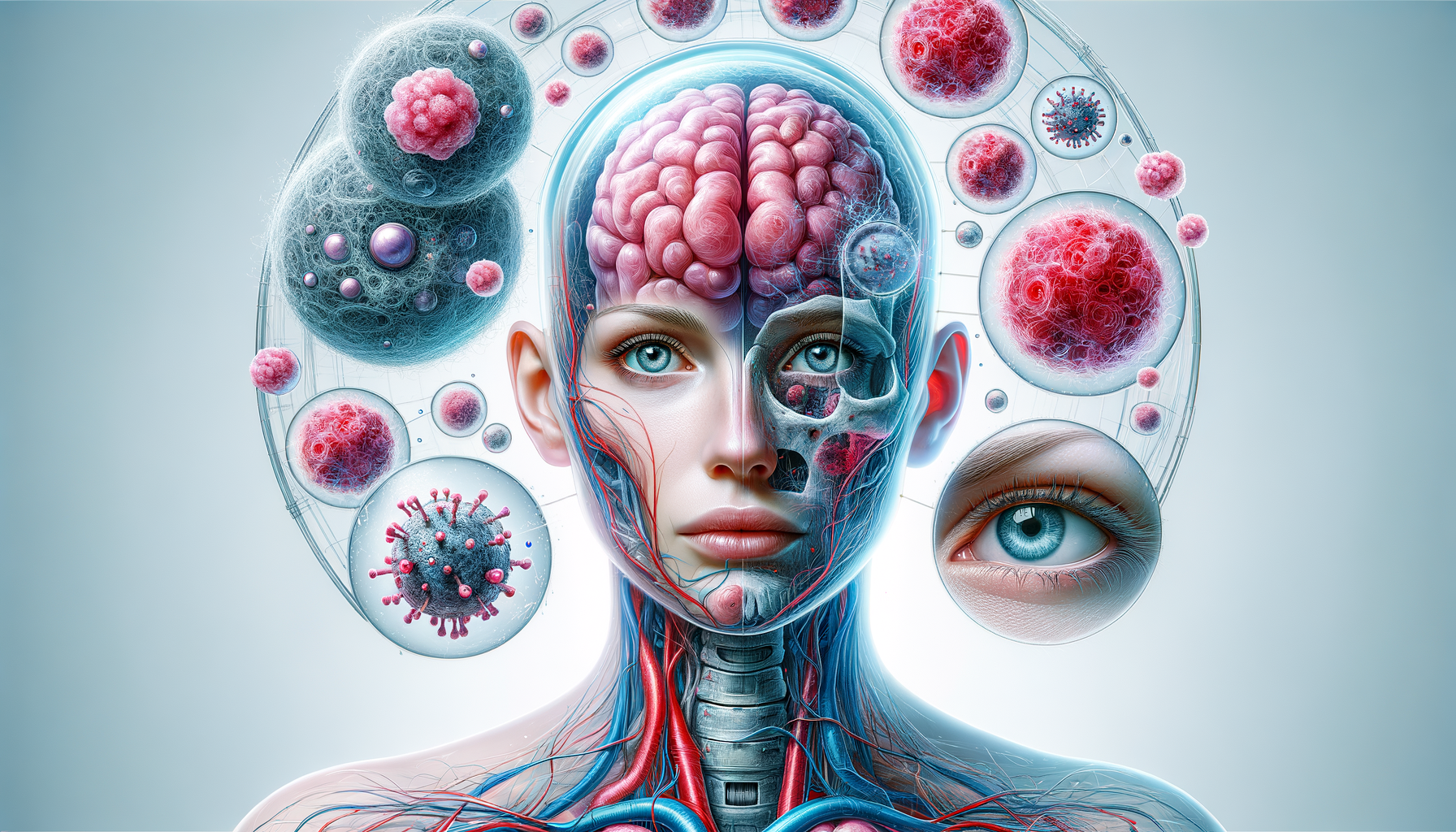Understanding Migraines and Their Impact
Migraines are more than just severe headaches—they are a neurological condition that can significantly affect an individual’s quality of life. Characterized by intense, throbbing pain often on one side of the head, migraines can also be accompanied by nausea, visual disturbances, and sensitivity to light and sound. For many individuals, these symptoms can be debilitating, disrupting daily routines and productivity. While medications can help manage symptoms, they are not always effective for everyone, prompting a growing interest in alternative solutions such as migraine massage.
The triggers for migraines vary widely. Common causes include stress, lack of sleep, hormonal changes, and dietary factors. Understanding these triggers is essential for managing the frequency and intensity of attacks. However, when a migraine does strike, physical therapies like massage can offer a soothing, non-invasive form of relief that complements other treatments.
How Massage Therapy Can Help
Massage therapy for migraines focuses on relieving muscle tension, improving circulation, and reducing stress—all of which can contribute to migraine relief. When tension builds up in the neck, shoulders, and scalp, it can restrict blood flow and irritate nerves, potentially triggering or worsening a migraine. By addressing these tight areas, massage can help restore physical balance and promote relaxation.
Some of the benefits of migraine massage therapy include:
- Reduced muscle tension in the head, neck, and shoulders
- Improved blood flow to the brain
- Decreased frequency and severity of migraine attacks
- Lowered stress and anxiety levels
Depending on the individual’s needs, therapists may use techniques such as Swedish massage, deep tissue work, or trigger point therapy to target problem areas. Regular sessions may provide cumulative benefits, and many people find that incorporating massage into their routine helps reduce reliance on medication.
Popular Techniques Used in Migraine Massage
Different massage methods can be applied to manage migraine symptoms, and therapists often tailor their approach based on the client’s specific pain points and sensitivities. Some of the most commonly used techniques include:
- Trigger Point Therapy: Targets specific tight spots that refer pain to other areas, such as the temples or behind the eyes.
- Myofascial Release: Focuses on relieving tension in the connective tissues to reduce pressure around the head and neck.
- Craniosacral Therapy: A gentle technique aimed at releasing tension in the membranes surrounding the brain and spinal cord.
- Scalp Massage: Increases blood flow and relaxation in the head area, which can be especially soothing during a migraine episode.
These methods are often integrated to create a personalized treatment plan. Communication between the therapist and client is crucial to ensure that pressure levels are appropriate and do not exacerbate symptoms.
When and How to Use Migraine Massage
Timing is an important consideration when using massage to treat migraines. While some people benefit from massage at the onset of symptoms, others find it more helpful as a preventive measure between attacks. It’s important to listen to your body and observe how it responds over time to different approaches.
Here are some guidelines to keep in mind:
- During a migraine, light pressure may be more helpful than deep tissue work
- Consistent massage therapy may reduce the frequency of migraines over time
- Combining massage with other lifestyle changes—like stress management, hydration, and sleep hygiene—can enhance results
- Always consult with a healthcare provider before beginning any new treatment, especially if migraines are frequent or severe
By integrating massage into a broader wellness strategy, individuals may find a greater sense of control over their migraine symptoms and overall health.
Choosing a Qualified Massage Therapist
For those considering migraine massage, choosing a qualified practitioner is essential. Not all massage therapists are trained in techniques specific to headache and migraine relief, so it’s important to seek out professionals with experience in this area. Many therapists will list migraine massage among their specialties or have additional certifications in relevant modalities.
When selecting a therapist, consider the following:
- Credentials and licensing status in your region
- Experience with clients who have migraines or chronic headaches
- Willingness to customize sessions based on individual needs
- Comfort level and communication style
A good therapist will be open to feedback and adjust their approach to suit your comfort. Establishing a trusting relationship can enhance the therapeutic experience and lead to better outcomes.
Conclusion: A Gentle Step Toward Relief
For many migraine sufferers, finding effective relief is a journey of experimentation and persistence. Migraine massage offers a supportive, low-risk option that can complement other treatments and lifestyle changes. While it may not be a cure, it can significantly improve comfort and reduce the impact of migraines on daily life. By understanding the techniques, timing, and professional support available, individuals can make informed choices about incorporating massage into their migraine management plan.




Leave a Reply